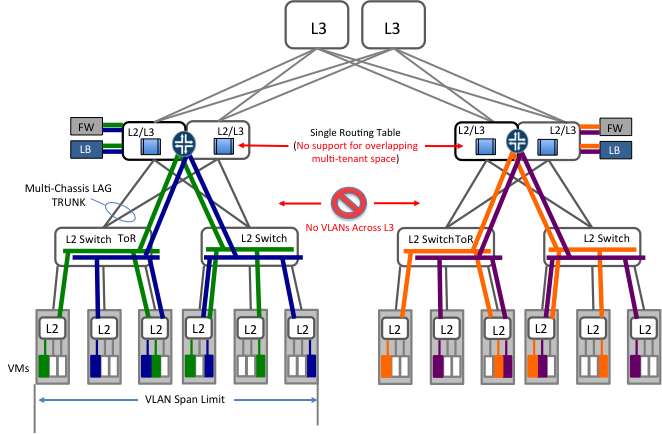

Therefore, there is a downside to point-to-point cabling. As computing needs increased and new equipment was added, these point-to-point connections resulted in cabling chaos with associated complexity and higher cost. This was a viable option for small computer rooms with no foreseeable need for growth or reconfiguration. When the first data centers were built, end user terminals were connected via point-to-point connections. However, as the number of connections in a data center increases, point-to-point cabling lacks the flexibility necessary when making additions, moves or changes to data center infrastructure. A point-to-point cabling system is adequate for a small number of connections. Point-to-point cabling refers to a data center cabling system comprised of “jumper” fiber cables that are used to connect one switch, server or storage unit directly to another switch, server or storage unit.


 0 kommentar(er)
0 kommentar(er)
